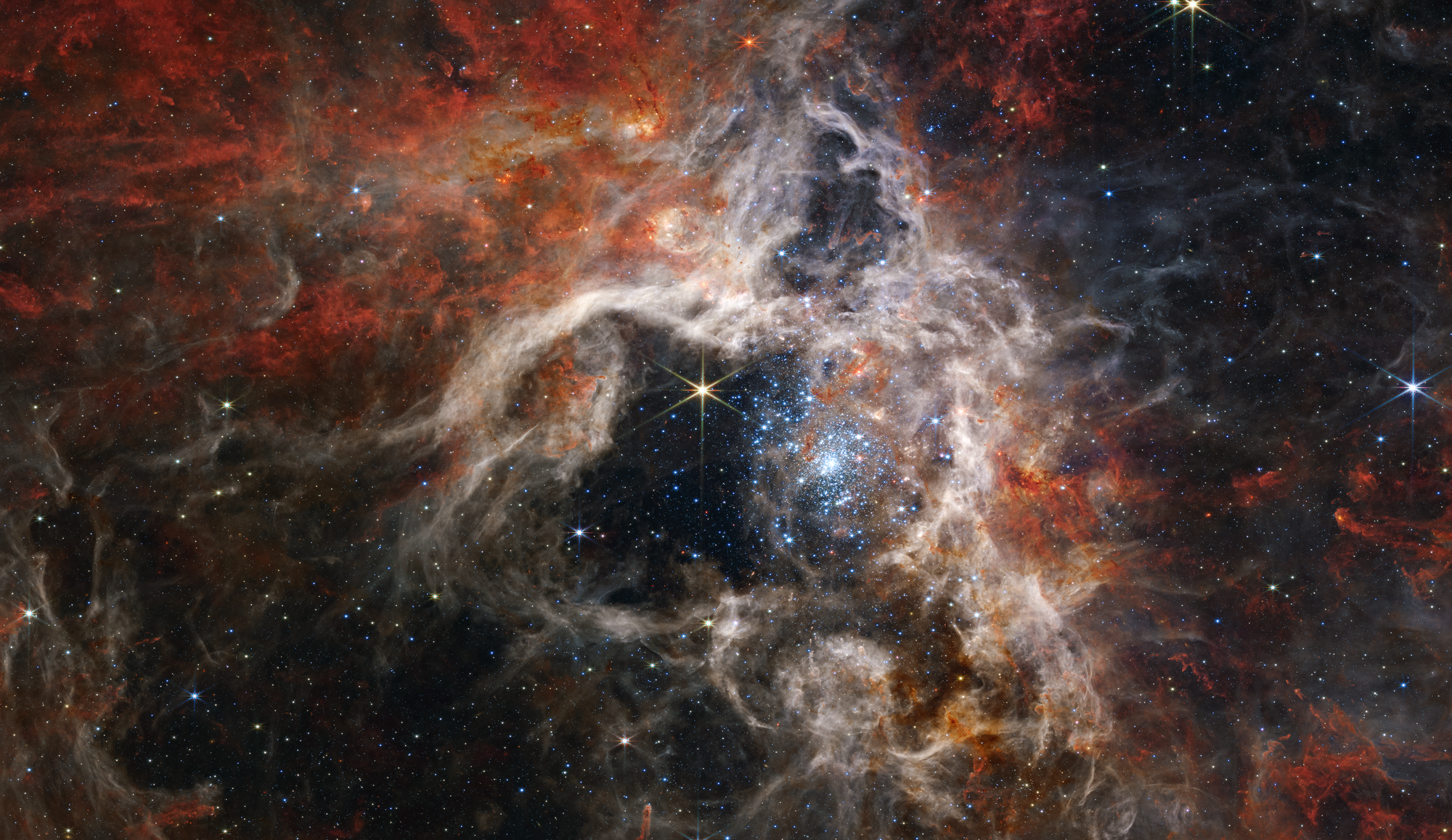Virtual reality, or VR, has been a topic that has fascinated the public for years.
Movies like “Ready Player One” show the varied possibilities of this technology. Now, Arizona State University researcher Robert LiKamWa wants to take users one step closer to the future of VR.
LiKamWa, an associate professor in the School of Arts, Media and Engineering and an assistant professor in the School of Electrical, Computer and Energy Engineering, part of the Ira A. Fulton Schools of Engineering, leads a multidisciplinary team of students and faculty from across ASU departments to incorporate realistic, environmentally-sensitive smell into VR for more than just entertainment.
He and his team see possibilities for VR to be a valuable tool in a variety of scenarios in which smells represent vital information and are a powerful emotional tool.
While others have developed smell for VR, the ASU team is working on elements to enhance the experience, like incorporating different intensities of smells depending on how close the user is to a scent and combining multiple odors that can be present in the virtual environment.
The project known as the Smell Engine emerged from work that Tanya Harrison, former director of research at the ASU NewSpace initiative, had been leading for the university’s Interplanetary Initiative. Harrison’s original intent was to incorporate smell into virtual reality training for space exploration applications.
“When Tanya first called me and said she wanted to understand how outer space smells, I thought, ‘That’s so weird, I have to say yes to this project,’” says Trustees of ASU Professor Brian Smith, from the School of Life Sciences .
Read more: Smelling strawberries, smoke and space in virtual reality by TJ Triolo

